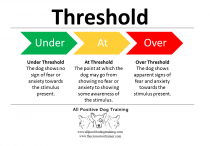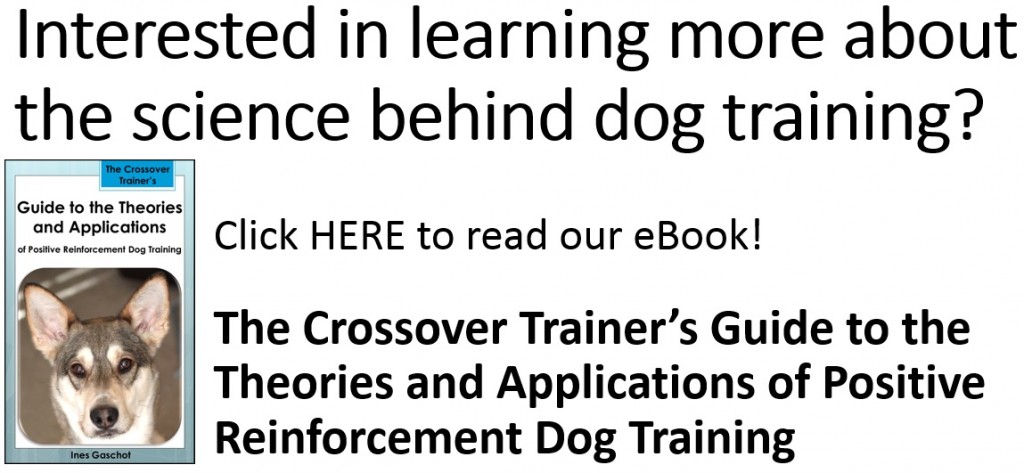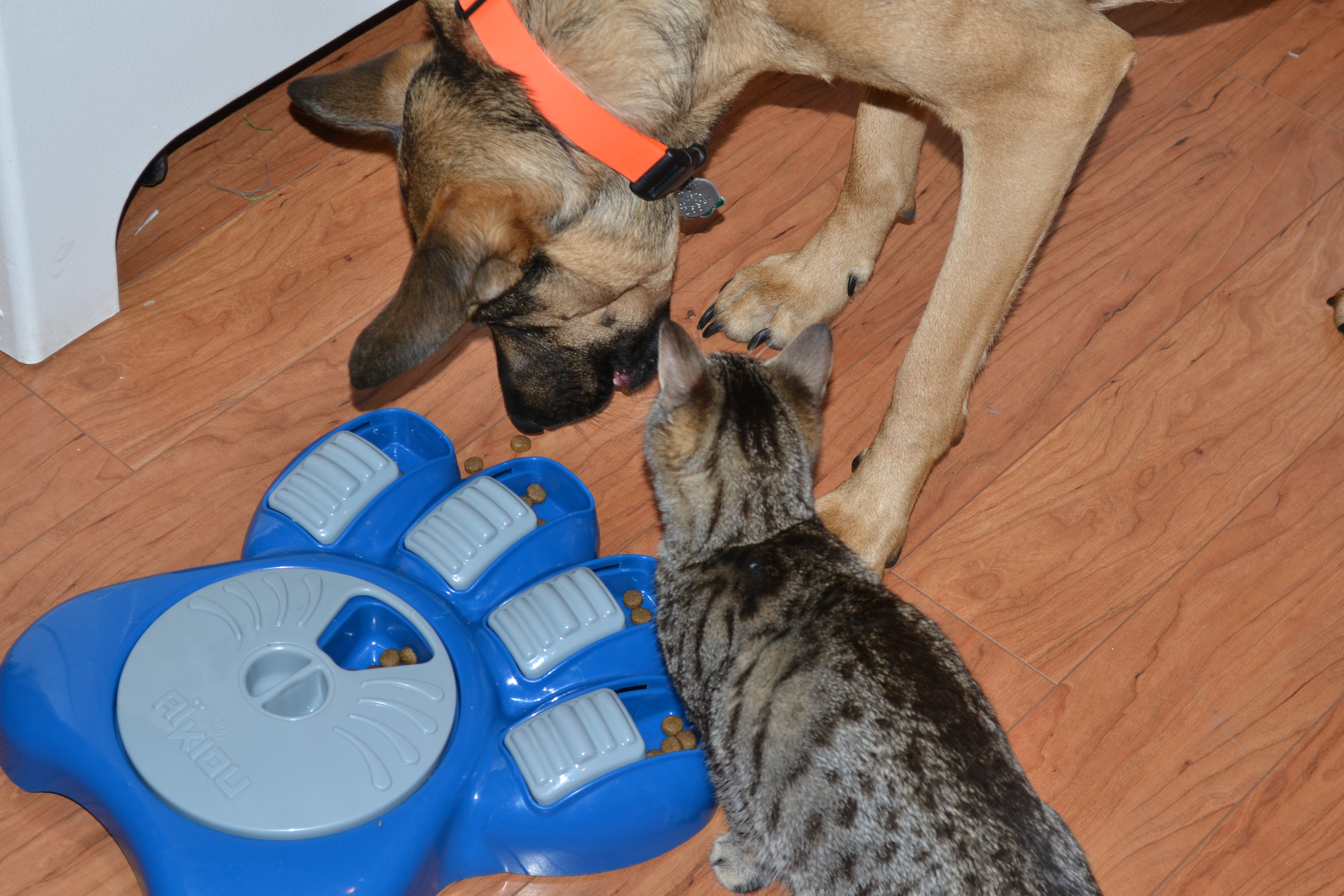The word threshold is very often used in dog training. When working with stimuli that excites a dog for any reason, trainers often look at the threshold of the dog. However, very few people truly understand what it means to be under threshold, at threshold, or over threshold. Even many dog trainers don’t quite understand and/or therefore see it as a useless term. I think that, as a correction based trainer, I understood what it meant but never did I actually watch out for the threshold or use it to my advantage since I had to get the dog reactive to then “correct” that behavior. When used to desensitize a dog (correctly), the animal’s threshold should be respected.
So What Is a Threshold in Dog Training?
The definition of “threshold” is the point where a stimulus is at a strong enough intensity to cause a reaction. A threshold is analyzed in all kinds of animals (including humans) who may be showing fear, anxiety, aggression, or other strong emotional reactions towards a certain object, animal, or place. Psycholgists who treat phobias know that in order to treat it correctly, the patient needs to be UNDER threshold. This same concept is applied in dog training. It is important to know a dog’s threshold for a certain stimulus for effective training.
What is Under Threshold?
When a person or dog is UNDER threshold, then they are not experiencing ANY fear. If they are experiencing even the slightest fear, then the desensitization is being performed incorrectly. You want the patient (human or dog) to be “totally okay” during each step of the rehabilitation. It may be difficult, but there is always a way to keep a dog under threshold.
When working with people it is easy to ask them “how are you feeling?”, but with dogs you have to master observation skills in order to accurately identify how the dog is feeling. This is the greatest challenge for the average dog owner and it is why hiring an educated, positive, professional dog trainer is important. Want to learn more about dog body language? Check out my previous post on dog calming signals: Guide to Calming Signals.
What is Over Threshold?
When a dog is over threshold, it can start to show signs of stress (heavy panting, yawning, etc) all the way to showing reactivity (barking, lunging, etc). At this point, the goal of desensitization cannot be performed correctly. Flooding (making an animal face it’s phobia at it’s extreme) is considered to be in this category. Flooding is not efficient and is not the way to go to try to help your dog overcome a phobia. It is traumatic for an animal/human and does not give the results that desensitization does.
One of the most common ways to determine if a dog is over threshold is if it stops taking food that it took without hesitation before the stimulus. Instead of stopping food intake, some dogs will become grabby with treats. Stress affects each and every dog different so it is important to know your dog well.
Another way to determine if the dog is over threshold is to look and see if the stimulus is functioning as negative reinforcement. A stimulus that functions as a negative reinforcer would be something that increases the frequency of a behavior because the stimulus is removed when that behavior is performed. In normal terms, the dog will be more comfortable when that stimulus is removed. (See examples here.) As I stated before, if the dog is over threshold by any level, then the desensitization is being performed incorrectly or less than ideally.
When all I had in my tool box was corrections, I always had to get the dog over threshold to get a reaction out of it and then correct that behavior. I did not change the way the dog saw the stimulus – it was still a bad and scary thing in the dog’s opinion. All I was doing was stopping the dog’s physical reaction (while it still had an emotional reaction). Desensitization and counter-conditioning, when performed correctly, actually changes the dog’s emotional response so that the dog’s physical reaction to the scary stimulus changes. Science has proven that desensitization creates a happier and more reliable dog than a traditionally trained dog who is just hiding his reaction.
Special thank you to Jean Donaldson for a great webinar on “The Pitfalls of Negative Reinforcement” through the Pet Professional Guild.
Did you enjoy this article? Download is by clicking HERE!







